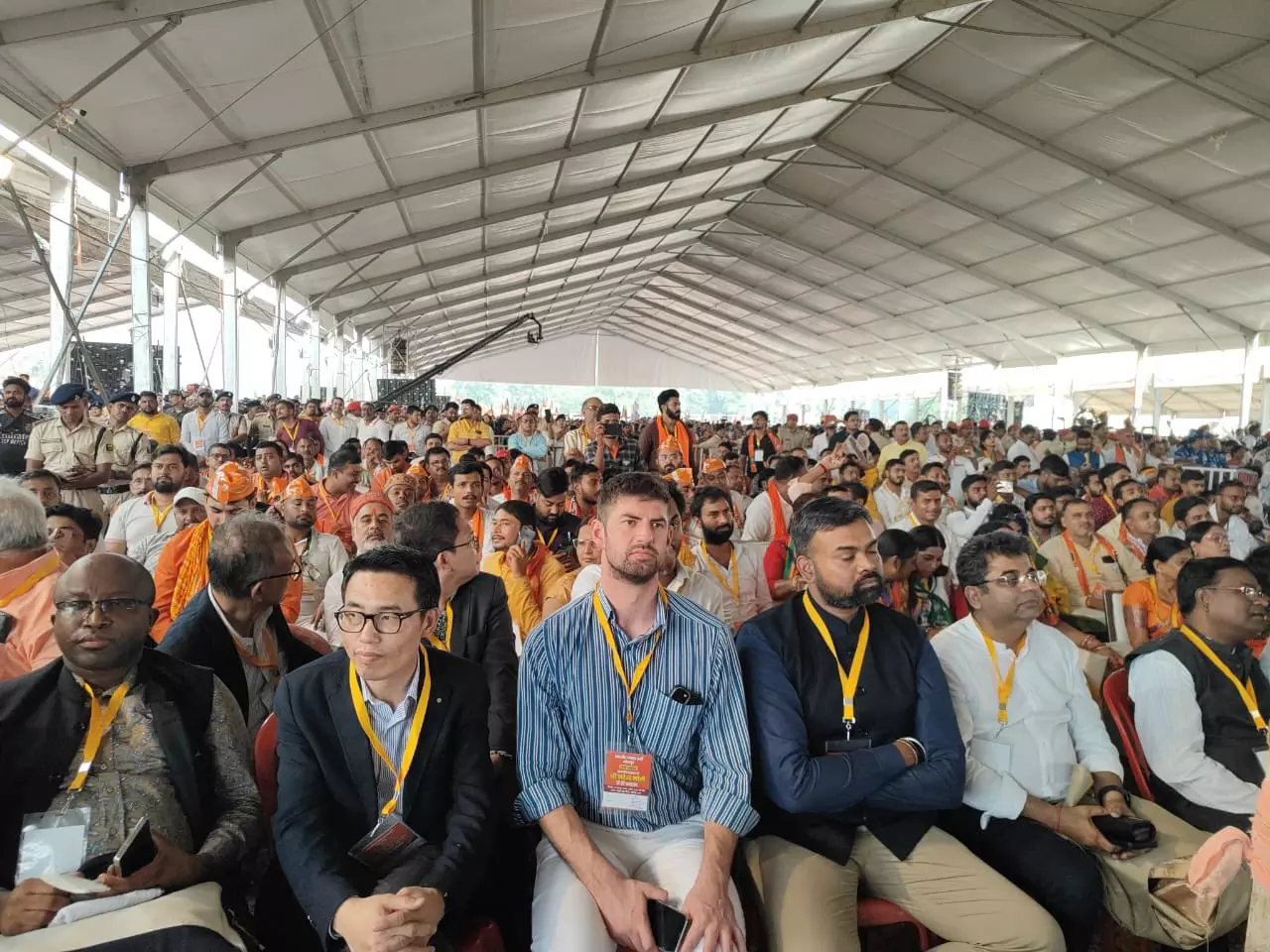For Dr Rajeswar, the stakes go far beyond science. Climate change is not just an environmental issue—it is a matter of justice and survival. India, despite its relatively small historic emissions, bears a disproportionate burden, and cities like Hyderabad, caught between global warming and local mismanagement, must adapt quickly or risk disasters becoming the new normal.
However, the monsoon of 2025 has made one thing certain: Telangana’s climate has entered uncharted territory. Extremes, variability, and unpredictability are now the defining features of rainfall. Five years of data underline this truth, and the lived experience of Hyderabadis—streets flooded after even modest showers—drives it home.
Experts agree on one sobering point: climate change is real, it is here, and it is accelerating. The state’s future will hinge on how swiftly it can rethink its planning, infrastructure, and governance in the face of an era defined by extremes.
Changing seasons, rising risks
Environmentalist Donthi Narsimha Reddy highlights a worrying shift in Telangana’s weather patterns. He explains, “Usually Hyderabad used to have rains only in July and August, but now they extend to September and October,” he observed.
Depressions from the Bay of Bengal, aided by the Arabian Sea branch of the monsoon, are bringing rain more frequently. Telangana, a semi-arid and water-stressed state, is now witnessing floods—a paradox that still surprises seasoned observers.
Narsimha Reddy pointed to the culprits: carbon emissions, deforestation, biodiversity loss, and what he called the “chemicalisation” of agriculture and industry. He warned that the next two to five years will only bring greater uncertainty, with climate calamities becoming routine






